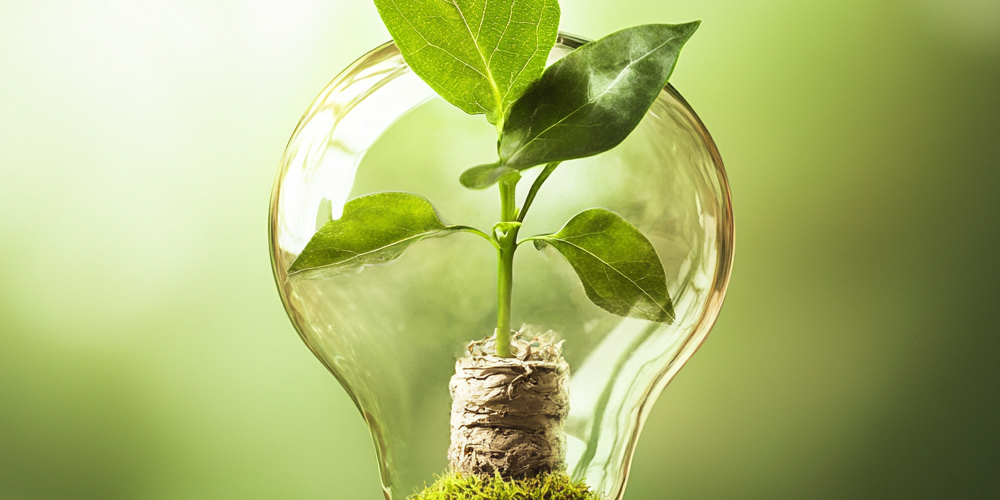Sustainable development is one of the most pressing challenges facing the world today. As global populations rise, resources shrink, and environmental threats increase, finding ways to balance development with ecological preservation is crucial. Innovation plays a pivotal role in this process by driving new technologies, systems, and approaches that can solve today’s sustainability problems. In this article, we explore how innovation fuels sustainable development, highlight key areas where it is making an impact, and discuss how it can help create a better future for all.
1. Why Innovation Matters for Sustainable Development
Sustainable development involves meeting current needs without compromising the ability of future generations to meet their own. It requires balancing economic growth, environmental protection, and social equity. Traditional practices often fall short of achieving this balance, which is why innovation is needed to introduce new, efficient ways to address global challenges.
How Innovation Helps:
- Protecting the Environment: Innovation in clean energy and sustainable practices reduces harm to the environment. It helps mitigate climate change, conserves resources, and supports biodiversity.
- Economic Growth: Innovation opens doors to new industries and markets that promote green technology and sustainability, leading to job creation and economic opportunities.
- Social Equity: Technological advancements can help reduce inequality by providing solutions for better education, healthcare, and job access to underserved communities.
2. Key Areas of Innovation Driving Sustainable Development
Innovation impacts many sectors, from energy production to agriculture and beyond. Here are some key areas where innovation is transforming sustainability.

a. Clean and Renewable Energy
The energy sector contributes significantly to global emissions and climate change. Innovations in renewable energy are vital to reducing our dependence on fossil fuels and addressing climate change.
Examples:
- Solar Energy: Advances in solar panel technology, such as more efficient solar cells and better energy storage systems, make solar power increasingly affordable and accessible.
- Wind Power: Modern wind turbines are more efficient, generating greater amounts of electricity from the same amount of wind, thus reducing energy costs.
- Energy Storage: Innovations in battery technology ensure that solar and wind energy can be stored and used efficiently, even when the sun isn’t shining or the wind isn’t blowing.
b. Sustainable Agriculture
Feeding a growing global population while protecting the environment is a significant challenge. Innovation in agriculture helps make farming more sustainable by improving food production, reducing waste, and minimizing the environmental impact.
Examples:
- Precision Farming: Technologies such as sensors, drones, and GPS systems help farmers optimize crop yields, manage resources more effectively, and reduce the use of water and chemicals.
- Vertical Farming: Growing crops in vertically stacked layers allows for efficient use of space and water, bringing food production closer to urban areas and reducing transportation emissions.
- Alternative Proteins: Plant-based proteins and lab-grown meats offer alternatives to traditional animal farming, which uses large amounts of water and land and contributes to greenhouse gas emissions.
c. Waste Management and Circular Economy
A linear economy of “take, make, dispose” is unsustainable in the long run. A circular economy focuses on minimizing waste and reusing resources. Innovations in waste management and recycling are key to transitioning to this model.
Examples:
- Recycling Innovations: Automated sorting systems and chemical recycling technologies make recycling more efficient and reduce landfill waste.
- Eco-friendly Packaging: Biodegradable and reusable packaging innovations reduce waste and pollution caused by single-use plastics.
- Product Design for Longevity: Products designed to be more durable, repairable, and recyclable help reduce waste and resource consumption.
d. Water Conservation
Water scarcity is a growing concern due to climate change and population growth. Innovations in water conservation and management play a crucial role in ensuring access to clean water.
Examples:
- Desalination: Technologies that convert seawater into fresh water are becoming more efficient and affordable, providing a vital source of water in arid regions.
- Smart Irrigation: Systems that use sensors and real-time data ensure that crops get the right amount of water, reducing waste and optimizing usage.
- Water Purification: Low-cost water filtration systems help provide clean drinking water to underserved communities.
3. Social Innovation: Empowering Communities and Promoting Equality
Innovation is not only about technology but also about new social practices that improve lives and promote equity. Social innovations can play a significant role in reducing poverty, increasing access to resources, and promoting equality.
Examples:
- Microfinance: Microloans provide financial resources to individuals in developing countries who would not otherwise have access to traditional banking services, helping to lift people out of poverty.
- Social Enterprises: Companies with a social mission aim to tackle societal challenges while generating profits. They are creating opportunities for communities in need and making positive environmental impacts.
- Education Technology: Innovations in online learning and mobile education are bringing knowledge to remote and marginalized communities, helping to reduce the education gap.
4. Fostering Innovation for Sustainable Development
Despite its potential, the development of sustainable innovations faces many challenges. Overcoming these barriers requires cooperation and commitment from multiple stakeholders, including governments, businesses, and individuals.
a. Funding Innovation
Many sustainable innovations require substantial financial investment to develop and scale. Governments, private investors, and philanthropic organizations need to collaborate to fund research and development for sustainable technologies. Financial incentives such as grants, subsidies, and tax breaks can help support innovators and entrepreneurs in the sustainability sector.
b. Supportive Policies
Government policies and regulations play a significant role in encouraging or discouraging sustainable innovation. Governments need to implement policies that support research into renewable energy, waste reduction, and sustainable farming practices. Incentives such as tax credits for green technologies or investment in sustainable infrastructure can foster innovation.

c. Collaboration and Knowledge Sharing
Innovation in sustainability requires collaboration across sectors. Scientists, businesses, governments, and local communities must work together to create scalable solutions. Cross-sector partnerships can help to accelerate the development of innovative solutions and ensure they are widely adopted. Knowledge-sharing platforms, research collaborations, and joint ventures can help scale successful innovations and spread them globally.
5. The Future of Innovation in Sustainable Development
As the challenges of sustainability become more urgent, innovation will become even more critical. The future of sustainable development will likely focus on integrating new technologies, improving efficiency, and addressing the root causes of environmental and social issues.
Potential Future Innovations:
- Artificial Intelligence (AI) and Big Data: AI can improve energy efficiency, optimize resource use, and predict environmental risks. Big data can help in understanding patterns related to climate change and inform better decision-making.
- Blockchain for Transparency: Blockchain technology can improve transparency in supply chains, ensuring that products are ethically sourced and that waste is minimized.
- Sustainable Mobility: Electric vehicles, shared transportation systems, and autonomous vehicles can reduce carbon emissions and improve urban mobility.
Conclusion
Innovation is crucial to achieving sustainable development and addressing the environmental, economic, and social challenges of our time. From clean energy solutions to innovations in agriculture, waste management, and water conservation, new technologies and approaches are helping create a more sustainable future. Moreover, social innovation is equally important, as it empowers communities and fosters social equity.
While challenges remain, particularly in securing funding and implementing supportive policies, the potential for sustainable innovation is enormous. As we look to the future, we must continue to invest in research and development, promote collaboration, and encourage governments and businesses to prioritize sustainable solutions. By doing so, we can pave the way for a sustainable world where economic, environmental, and social well-being thrive together.



